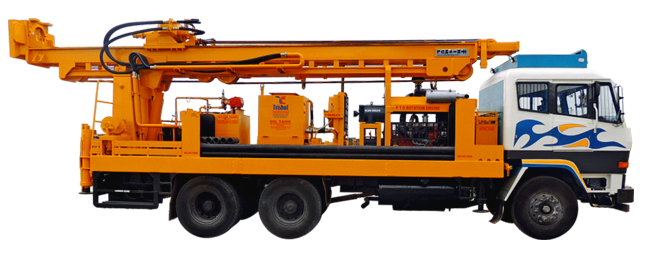What Is a Borewell? Identifying Common Borewell Issues and Solutions for Them.
Explore the challenges you may encounter with a borewell and master the strategies for addressing them with our detailed guide on borewell issues and their solutions.
Borewells serve as a crucial water source for numerous households, farms, and businesses. By utilizing borewell drilling methods, they access subterranean water sources, offering a consistent supply of water. However, borewells can face various issues that hinder their efficiency and water output. In our detailed guide, we'll delve into the typical problems borewells may face and propose effective solutions to ensure a continuous water supply.
Understanding Borewells
What Is a Borewell?
A borewell is a deep, narrow shaft bored into the earth to reach underground water supplies. It generally includes a casing pipe to prevent the well's collapse and a submersible pump to draw water upwards. The depth of a borewell varies based on its geographic location and the required water quantity.
The Role of Borewells
Borewells are vital for supplying water in locales where surface water is limited or unreliable. Depths can range from 100 to 2000 feet, tapping into subterranean aquifers. They are instrumental in satisfying the water needs of commercial, industrial, and household sectors, ensuring a steady water supply for drinking, irrigation, and industry. Borewells offer a viable solution to water scarcity, particularly in areas facing inadequate or sporadic rainfall.
Identifying Borewell Issues
Borewell Challenges
There are several common challenges that can impair a borewell’s function and water supply, including:
1. Water Resource State:
The underground water's quality and quantity might fluctuate, influenced by drought, pollution, or aquifer depletion. Regular monitoring of the water source is crucial for detecting and addressing any emerging problems.
2. Low Water Yield:
A borewell might not yield sufficient water due to low-yielding aquifers, blockages, or inadequate underground water recharge. A yield test can ascertain the borewell's water output and identify causes for reduced flow.
3. Borewell Structure Health:
With time, a borewell's casing may suffer wear, leading to structural issues. Damage such as cracks, leaks, or corrosion can let in pollutants, compromising water purity. Periodic checks and upkeep of the borewell casing can pinpoint and forestall further damage.
4. Pumping Equipment Condition:
Submersible pumps within borewells can face motor failure, obstructions, or impeller damage. These issues can lead to operational failures, necessitating prompt attention and repair to restore proper function.
https://vishalborewell.com
8469877021









Comments
Post a Comment